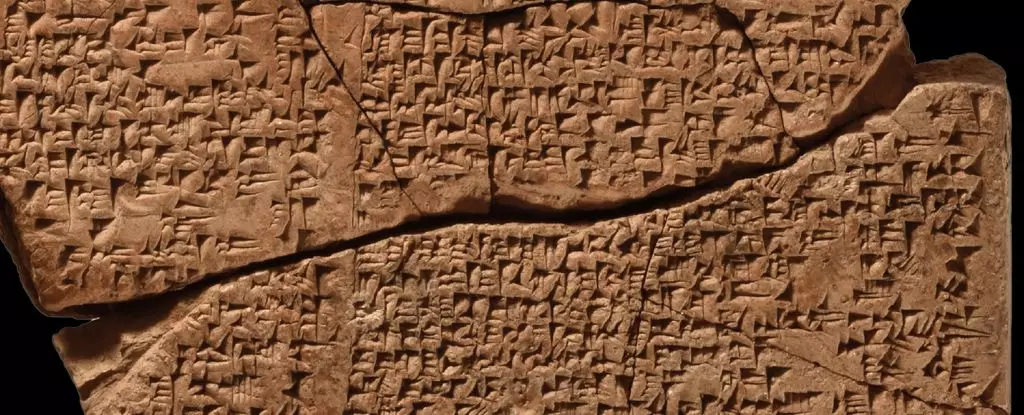In an era obsessed with rapid technological progress, the discovery of a 3,000-year-old hymn about Babylon reminds us that history’s true richness lies in its forgotten voices. While today’s digital age offers instant access to information, it often blurs the nuances and cultural complexities of past civilizations. Uncovering this hymn, painstakingly reconstructed from scattered cuneiform fragments, underscores the importance of perseverance and innovation in understanding human history. It symbolizes a bridge that connects our modern identities with ancient ideals—reminding us that even millennia-old expressions still resonate, revealing timeless virtues and societal ideals.
Customer-Centered Heritage Preservation: A New Model for Cultural Relevance
The recent collaboration between Iraqi and European scholars exemplifies a model where cultural artifacts are not just preserved, but actively reconstructed through advanced technology like AI. This approach challenges the narrative that ancient texts are static relics of the past, instead positioning them as dynamic stories waiting to be rediscovered. The fact that the hymn was once thought obscure highlights how cultural memory can fade, only to be reclaimed through innovation. This process doesn’t just restore history; it refocuses it around the modern imperative of cultural literacy and respect for the multifaceted identities that civilizations like Babylon forged. It challenges us to see cultural heritage—not as static relics, but as living texts that inform contemporary understandings of virtue, community, and authority.
Gender and Social Roles: Reflecting Evolving Values in Ancient Contexts
One of the most compelling aspects of this discovery is how it illuminates the societal roles of women in Babylonian society. Contrary to modern notions that tend to valorize active, autonomous female agency, this hymn emphasizes virtues like devotion and discretion, framing women’s roles within a context of societal harmony. While this might seem restrictive by today’s standards, it also offers a nuanced perspective that questions simplistic narratives of gender equality. By analyzing these ancient ideals, we are compelled to reflect on how societal values evolve—and how they are often built on complex, culturally specific foundations. Recognizing this helps us avoid projecting present-day expectations onto the past—and instead, fosters a more honest dialogue about progress and tradition.
Reclaiming History’s Narrative Power
What makes this find particularly provocative is its disruption of the traditional historical narrative. The hymn was seemingly popular, copied across generations, yet remained hidden until now—an indication that history is often a layered, contested space. The fact that children once memorized this text reveals how education and cultural values were intertwined, shaping societal memory in ways we are only beginning to understand. The rediscovery signals that history is not just about grand monuments or famous figures but also about everyday expressions of admiration, societal order, and moral virtues. It is a potent reminder that, to truly understand ourselves, we must actively seek out and preserve these subtle, often overlooked voices from the past.
This process of rediscovery—supported by cutting-edge AI—demonstrates how our collective efforts can reanimate forgotten worlds. It challenges the assumption that history is fixed and unchangeable, instead framing it as an ongoing conversation. As we piece together these ancient fragments, we are ultimately reconstructing a narrative that is as much about the future as it is about the past: one that recognizes the enduring human desire to leave a meaningful legacy, even across centuries of silence.


Leave a Reply